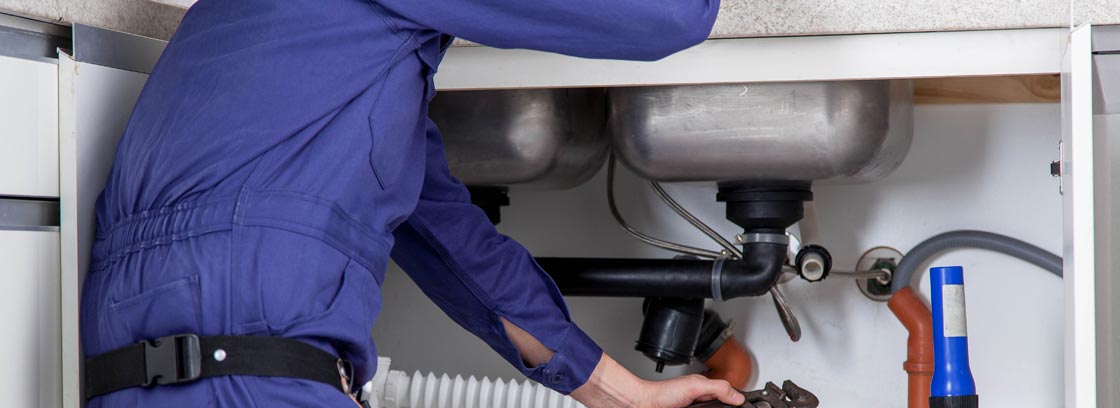Caring for Your Home’s Plumbing System: The Importance of Plumbing Maintenance
Hot and cold running water!
That seems like such an odd phrase now, and it was a novel thought not so many generations ago. Indoor plumbing is such a normal part of life in the US that our children cannot imagine life without it. But it is a bad idea to take residential plumbing as a given, without considering how to care for and maintain it. Here are a few plumbing maintenance issues to consider:
How Old is Your Home?
Older homes often come with older plumbing materials that no longer meet building codes. Don’t worry. Your home is grandfathered, and no one will come to your home and demand plumbing upgrades. However, if an addition, remodel, or renovation affects the plumbing system, building codes will mandate improvements for the parts of the plumbing system that are modified.
Old plumbing materials that may need to be replaced include lead or galvanized supply pipes and cast iron or clay pipes for drain lines. Lead and galvanized pipes need to be replaced since they pose a significant health risk.
How is Your Water Quality?
Pure water has a pH of 7; it is perfectly balanced. Anything that gets added to water changes the pH level and can cause water to become slightly acidic or alkaline. While water treatment takes almost everything from the water, the water remains ionically charged. That means that the water remains a little corrosive, and that can affect the plumbing fixtures—pipes, faucets, and water heaters, for example.
The local water supply picks up sediment from the surrounding rock bed. Very small portions of the rock remain in the water and settle out as sediment. You might see sediment as water droplets evaporate on surfaces, such as shower heads and countertops. The sediment that you don’t see is more serious; over several years, the sediment can collect in the water heater and interfere with heating household water.
What’s to Be Done?
Protect your drain lines. Avoid putting things down the drain that should not go down the drain.
– Reduce the amount of oils, fats, and grease down the drain.
– “Flushable” wipes should not be flushed. They do not dissolve quickly and can create clogs.
-Follow the sewer line through the yard to the municipal sewer main. Be aware of trees or shrubs in the vicinity, as they can infiltrate even minute flaws in the line, creating serious clogs.
Plan to drain your water heater. When the sediment covers the heating element or the tank base, it inhibits the transfer of heat.
– Plan a few hours without water use.
– Connect a hose to the faucet at the base of the tank and lead it to a safe place to drain.
– Turn the power/fuel off but leave the water supply open.
– Open the faucet and let the water drain until the water is clear of sediment.
– Close the faucet and turn the power/fuel back on.
– Wait a few hours to avoid introducing sediment to the household plumbing.
Introduce yourself to the plumbing maintenance team at Doctor Cool. This will prepare you for upgrades, storm damage, hot water heater maintenance or the occasional plumbing emergency.
Plumbing Maintenance: Doctor Cool’s Homeowner’s Guide
We have outlined the importance of residential plumbing maintenance. The potential issues in older homes, such as outdated materials and water quality concerns is the reason you need to speak with our team of residential plumbers.
Let Doctor Cool assist with all of your plumbing maintenance questions to prevent costly League City Plumbing Repairs. Call Doctor Cool & Professor Heat today at 281-338-8751 or email Doctor Cool and let our professional Residential League City Plumbing Maintenance Contractors assist with all of your hot water heater repair needs.
